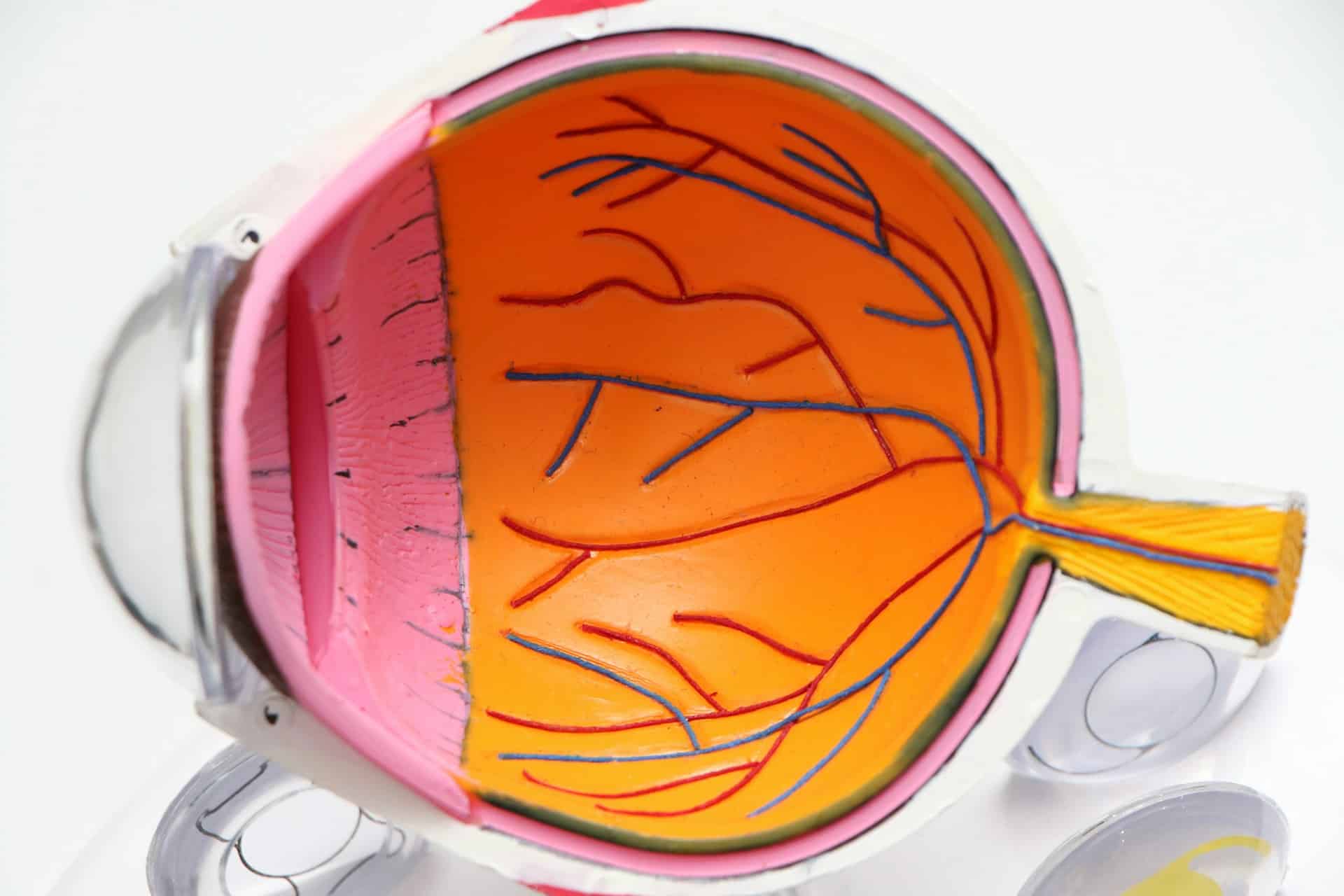
In virtually every instance, at the time of cataract surgery, once the cataractous protein lens is completely removed, an intraocular implant (IOL) is then inserted and centered into the eye. There are two main categories of implants: multifocal implants and monofocal implants. To find out more about multifocal implants, click on the link above.
Monofocal implants are plastic lenses that are inserted into the eye, and allow patients to see at only one distance (usually driving distance) without the use of glasses. With monofocal implants, glasses (usually bifocals or trifocals) are needed to allow the patient to see at various distances (far and near). If you have astigmatism, or other irregularity of the eye, you may require glasses in all situations, even though you may have had your cataracts removed and an implant inserted.
Conventional monofocal implants are included in the cataract surgery procedure at no additional charge. However, there are many different brands, styles and companies that produce these conventional monofocal implants. You should ask your surgeon about these implants and which one you will be receiving. Be certain that your implant is manufactured by a reputable company. At the Texas Vision & Laser Center, we are proud to use the Acrysof intraocular lens platform made by Alcon, the most commonly implanted IOL in the world. After your cataract surgery, you should receive a plastic card to keep in your wallet. It will contain all of the implant information printed on it.
Some patients elect to have monofocal implants with the option of having “monovision”. Monovision is an option that has existed for many years and is used with contact lenses all the time. With monovision, one eye is corrected to see off in the distance (usually the dominant eye). The other eye is corrected to see up close. The brain learns (over the course of a few weeks) to automatically select the best image (far or near) depending on what it is the patient wants to see. Monovision is an option that patients, who are highly motivated to not wear glasses, choose so that they can decrease their dependence on reading glasses or bifocals. In most instances, these patients have had monovision before, with their contact lenses. Women tend to do better than men with monovision. With this option, there still may be a need for the use of glasses or contacts to see either at distance or near. However, most patients are able to do approximately 85% of normal daily tasks without the need for glasses. Monovision is not an option for every patient, and only the patient and the doctor together can determine if this is the best option.
